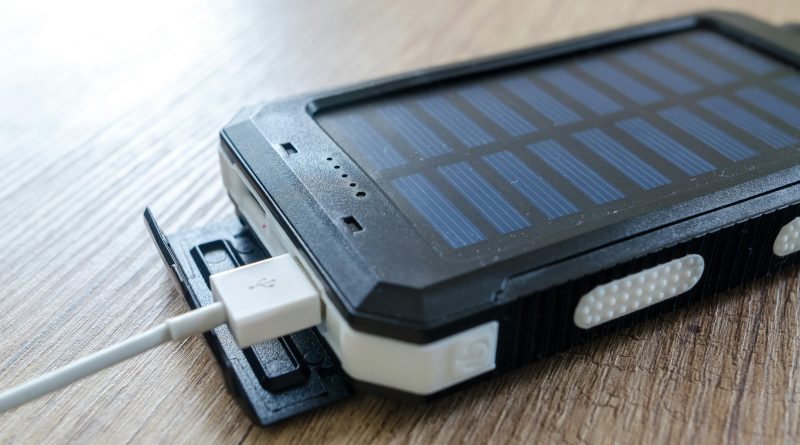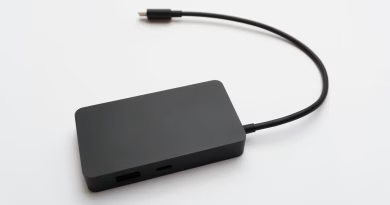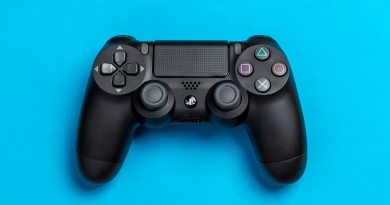Solar Power Banks: What to Look for This Summer
When you’re off the grid—hiking remote trails, lounging on the beach, or camping under the stars—a solar power bank can be your lifeline. But not all solar chargers are created equal. In 2025, the market offers everything from wallet-sized keychain models to rugged, high-capacity units with multi-panel arrays. To avoid bulky paperweights or painfully slow trickle-charging devices, focus on these five key factors.
⚡ 1. Battery Capacity vs. Weight
Why it matters: Capacity (measured in milliamp-hours, mAh) dictates how many times you can recharge your phone or power your gadgets—but higher capacity usually means heavier size.
- Sweet spot: 20 000–30 000 mAh for 2–4 full phone charges without tipping the scales past 500 g.
- Trade-off: If you mainly need emergency juice, a 10 000 mAh unit (<300 g) suffices; for multi-device crews, bump up to 50 000 mAh and accept the extra heft.
Mason’s Tip: Check the usable capacity rating (often ~60–70% of rated mAh) to avoid overestimating how much power you’ll actually get.
☀️ 2. Solar Panel Efficiency
Why it matters: The solar panel’s wattage and efficiency (conversion rate of sunlight to electricity) determine how fast the bank recharges under the sun—a critical metric when you wake up to a dead battery.
- Look for: 5–10 W panels with ≥22% conversion efficiency. Anything below 5 W simply trickles too slowly for practical use.
- Design: Fold-out panels maximize surface area without adding bulk; built-in kickstands help angle panels toward the sun.
Mason’s Tip: Treat solar backup as secondary charging—plan to top up via wall or car USB-C PD when possible, and rely on the panel for emergencies.
🔌 3. Output Ports & Fast Charging
Why it matters: Multiple port types (USB-A, USB-C, wireless) and high-wattage outputs mean you can power phones, tablets, cameras, and even some laptops directly.
- Must-have: At least one USB-C PD port (18–30 W), plus one or two USB-A QC 3.0 or PowerIQ ports.
- Bonus: Wireless Qi charging pad adds cable-free convenience for compatible phones and earbuds.
Mason’s Tip: Confirm simultaneous output performance—some banks throttle total power when more than one port is in use.
🛡 4. Durability & Weather Resistance
Why it matters: Summer adventures often involve sand, sweat, and sudden downpours. A rugged enclosure and waterproof rating protect your investment.
- Look for: IP65 or higher dust/water resistance, reinforced corner bumpers, and shatter-resistant glass on panels.
- Extras: Built-in carabiner clips, non-slip rubber grips, and integrated LED flashlights can be lifesavers.
Mason’s Tip: A single drop or splash shouldn’t knock out your power bank—opt for models with military-grade durability claims if you’re roughing it.
🤖 5. Smart Features & Monitoring
Why it matters: Digital displays, app connectivity, and intelligent charge-management algorithms help you optimize usage and avoid deep discharges.
- Digital readouts: Show remaining capacity and charging status at a glance.
- App control: Enables firmware updates, charging schedules, and even location tracking of your bank.
- Auto-detect: Some banks adjust output voltage based on connected device for maximum efficiency.
Mason’s Tip: If you’re a tech enthusiast, pick a model with companion-app support; for minimalist campers, a simple LED-bar indicator might be enough.
🧠 Mason’s Final Word
A solar power bank is as good as its weakest link—large capacity means little if panels recharge at a snail’s pace, and powerful outputs are useless if the case cracks under a splash. This summer, balance capacity, panel efficiency, output versatility, and ruggedness to find a model that keeps your devices—and your adventures—powered up without weighing you down.




